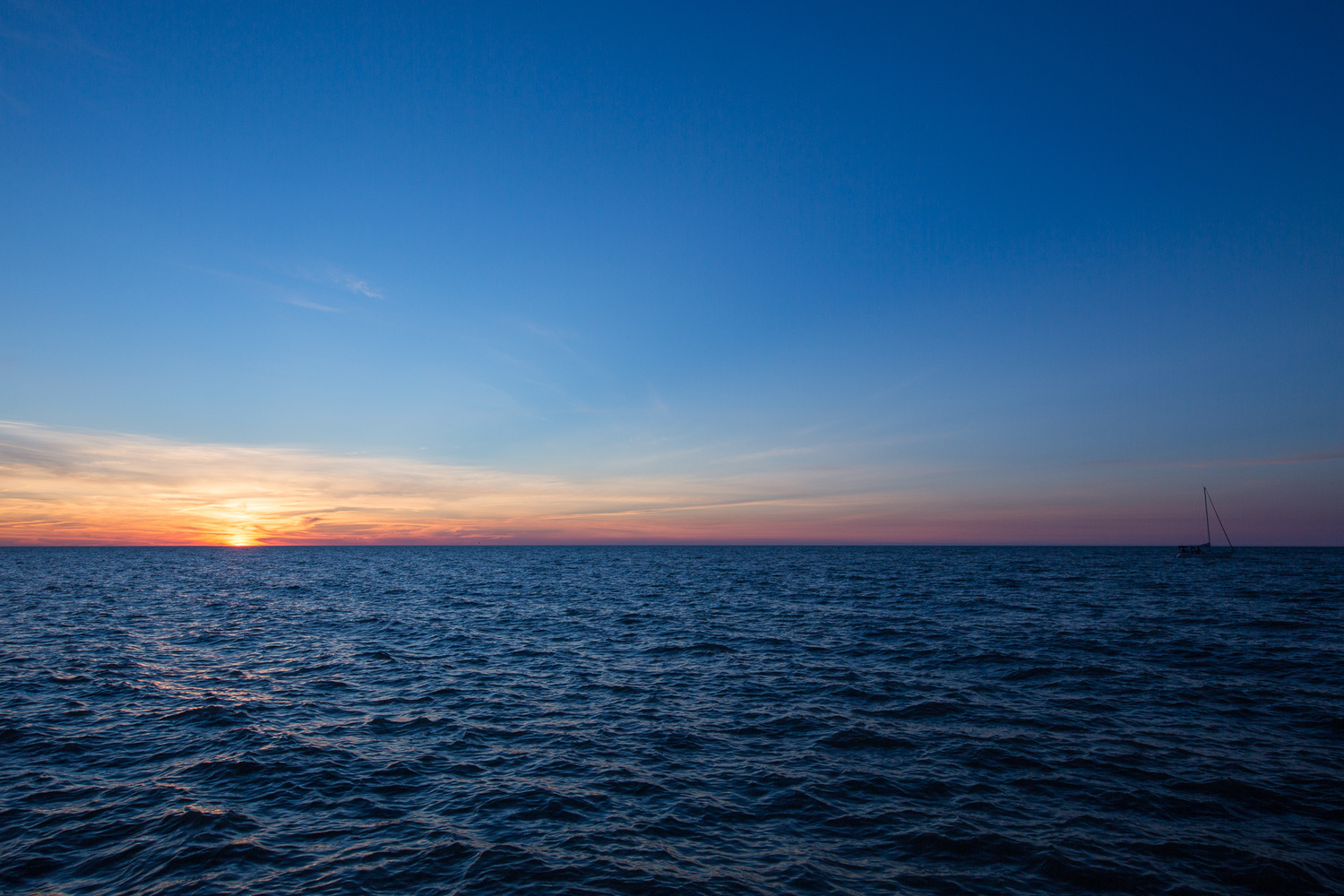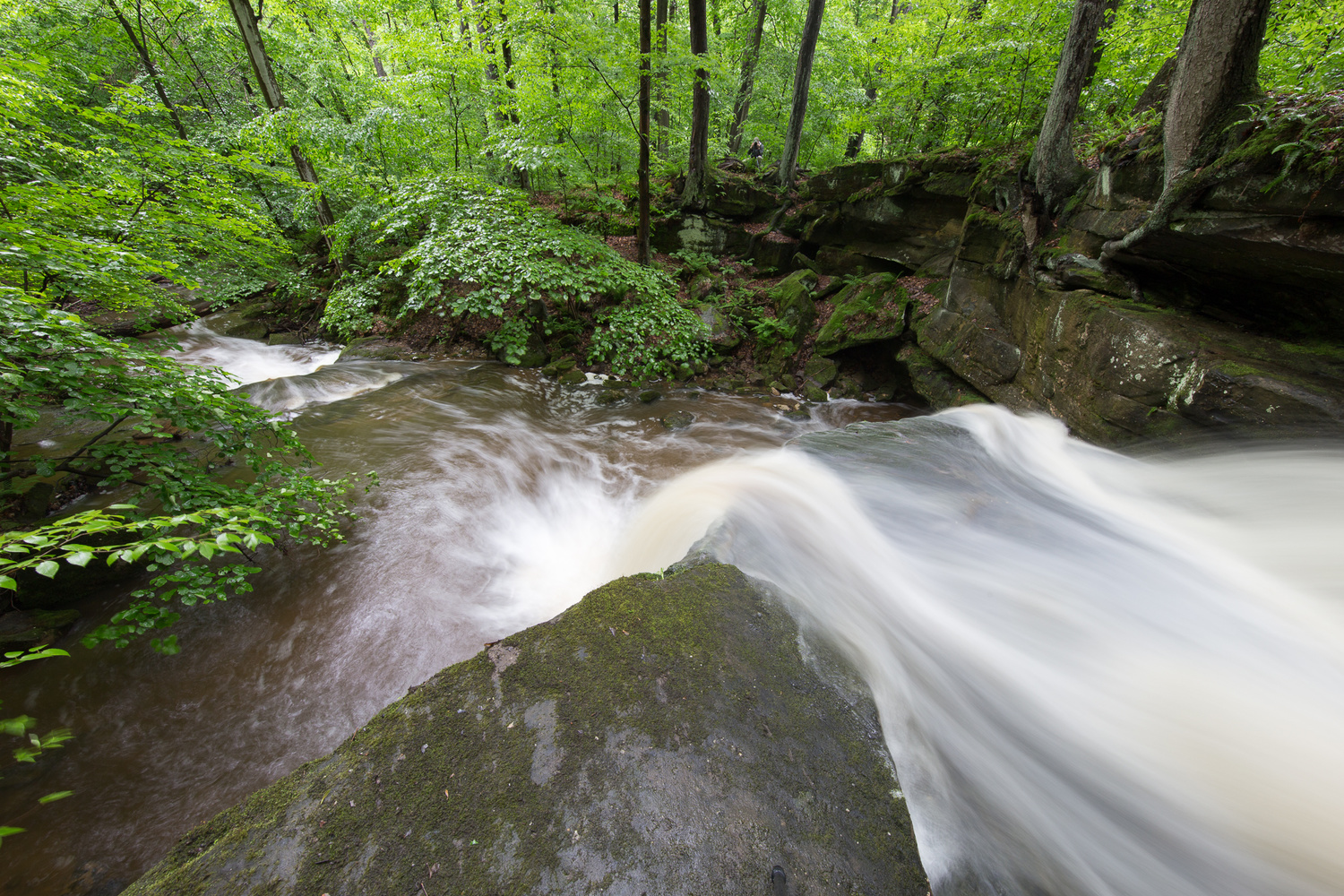When I first heard about the Canon EF 11-24mm f/4 L USM, I couldn’t help but think of the famous “Spinal Tap” scene: “these go to 11!” It’s a hefty lens with a hefty price tag, so I had high expectations of it when it came time to review. It has risen to the occasion.
"These go to 11!"
The 11-24 L is the widest rectilinear full frame camera lens in the world. Before its arrival, that title belonged to the Sigma 12-24 f/4.5-5.6 lens, an admirable performer, but not of the stellar quality we’ve come to expect of Canon glass with the red ring. Most kits max out at 16mm or maybe 14mm; I myself came from using the fabulous Rokinon 14mm f/2.8 (one of the best value lenses out there). It’s hard to describe how drastic the jump of just a few millimeters is. On APS-C sensors, the lens converts to a 17.6-38.4mm, taking it out of the realm of the surreal. While certainly useful on a crop sensor, this lens was made for mind-blowing full frame shots.
When Canon first announced this lens, there were many who cried foul over its maximum aperture of f/4. After unboxing the lens for the first time, I can promise you that you’ll be glad it’s not a f/2.8. At 2.6 lbs. (by comparison, the 16-35mm f/2.8 L II is about half that weight) and by far the largest wide angle I’ve ever used, I can’t imagine how cumbersome (and prohibitively expensive) a f/2.8 version would be.
Build Quality, Autofocus
Build quality is top notch, as expected. The barrel is made of the engineering plastic seen in many newer Canon lenses; I prefer it to metal as it greatly reduces weight and I’ve never seen durability issues with it. Both the zoom and manual focus rings are positioned naturally and move smoothly and precisely. The lens is partial weather-sealed; the mount, AF/MF switch, and zoom and focus rings are sealed, but like most other lenses, the front element is not, requiring a filter to complete the sealing. I find this frustrating because unlike most other lenses, the 11-24 L has a very bulbous, convex front element that cannot accept screw-on filters, meaning it’s essentially impossible to complete the weather-sealing of this lens. For a lens that is clearly designed to be used for landscapes, I found this to be a glaring omission. The non-detachable hood does provide some protection, but I still found it insufficient. For example, when shooting waterfalls, I had to be very careful of mist to ensure that the front element didn’t get wet.
In terms of filters, however, the lens does accept drop-in gel filters at the rear element. Nonetheless, those wanting to use polarizing filters are out of luck until a third party produces a solution, another strike against landscape photographers. The lens ships with Canon’s standard soft bag. It provides minimal protection against dust and moisture and essentially no impact protection, so be sure to provide a proper case for it.
Autofocusing is driven by a Canon ultrasonic motor (USM), standard for L lenses. I found autofocus to be fast, accurate and very quiet. It has a full-time manual override, meaning you can grab the focus ring and take over whenever. The ring has just a bit over 90 degrees of rotation, which is more than enough to accurately focus the lens. The lens’ minimum focus distance of 11 inches is actually quite useful and intriguing; getting so close with such a wide angle allows for some rather astounding compositional choices.
Bokeh and Aberrations
Canon included 9 blades in the aperture, which make for soft and pleasing out of focus areas, though you’re not going to get much bokeh from this sort of lens unless you’re very close to your subject, there’s a lot of background separation and you’re using it wide open. Vignetting is surprisingly well-controlled (though certainly present) and is subtle enough that I consider it a welcome addition in most cases (though it does become fairly prominent wide open at 11mm), while chromatic aberration was either not present or mild enough that 5 seconds in Lightroom took care of it. Flaring is minimal at its worst, which is excellent, as the focal length of this lens means the sun will be in the composition quite often.
The wide end has barrel distortion, as expected. While nothing extreme, it can make it difficult to achieve a perfectly straight horizon, an issue I ran into several times. The tele end shows mild pincushion distortion, none of which was noticeable enough to be detrimental.
I was pleasantly surprised to see that coma is very well controlled. While f/4 is a bit slow for astrophotography, this lens’ lack of significant coma and extreme wide angle (allowing longer exposures before star trails set in) makes it a decently useful tool for shots of the night sky. The 11mm end can really lend itself to some wonderful nighttime landscape compositions.
Pleasingly Sharp
Most critical, however, is that the 11-24 L is spectacularly sharp at all focal lengths and apertures, renders colors faithfully and richly without being oversaturated, and shows good contrast. Even more pleasingly, especially coming from previous wide angle zooms, is that this sharpness is maintained quite well from the center out to the corners.
This Lens Sees Everything
Really, the only major issue I had in practice beyond the current lack of filters wasn’t an issue with the lens at all. It’s exceedingly difficult to work with the 11mm focal length. First, the angle of view is so wide that there’s a high probability of something you don’t want in the picture entering the frame. Of course, you can always zoom in, but that’s not why anyone buys this lens. Changing positions helps sometimes, but often, some new distraction will be introduced. You have to choose your framing extremely carefully with this lens. Second, the wide angle diminutives the background significantly, making subject distance all the more crucial. Without a compelling foreground element, shots often lack a sense of focus as everything seems to be part of the background.
Overall, I love the Canon 11-24mm f/4 L. While it can be difficult to work such extreme focal lengths, the lens itself is a top notch performer. I have no doubt that the extra wide angles will become easier to work with as I acclimate to envisioning such shots. Landscape photographers, architecture photographers, and even wedding photographers will find this lens both useful and able to set them apart from the competition.
What I Liked
- Build quality is top notch
- Fast, accurate autofocus
- Ergonomic
- Well controlled distortion and aberrations
- Sharp images with good colors and contrast
What Could Be Improved
- Incomplete weather sealing
- Lack of available filter system
- A bit expensive, but then again, it's the only lens in its class
A big thank you to Zach Sutton and Lensrentals.com for saving me when my initial rental fell through!














But doesn't using a polarizing filter at extreme wide angles produce some unnatural effects with the sky?
I would say yes. When I shoot at 16mm with pola filter, it is not possible to get a uniform sky. Some post work is always necessary. So at 11mm my guess would be, that you would get a very uneven sky.
I have such a hard time finding the need to shoot wider than 17mm rectilinear.
I own this lens, I agree with the sharpness, it's top notch. But the bulkiness and weight of the lens is a definitely a draw back. I'm also extremely worried about the protruding front element. I don't like walking around with it on the camera and possibly scratching the front element.
I can also attest to the build quality. Mine's been dropped already on a basketball floor from waist height. The hood has a large chip in it but it survived the drop and bounce unscathed except for the built in plastic hood that should repair rather easily.
For $3K I want a lens that I can put a filter on, and I want a lens that can be protected with a proper hood. I pass.